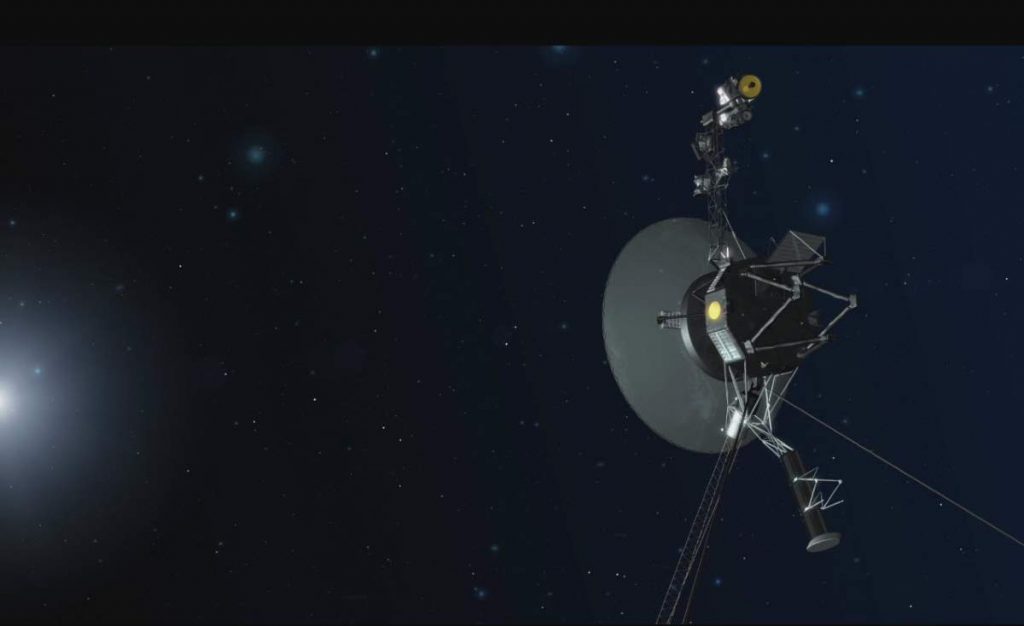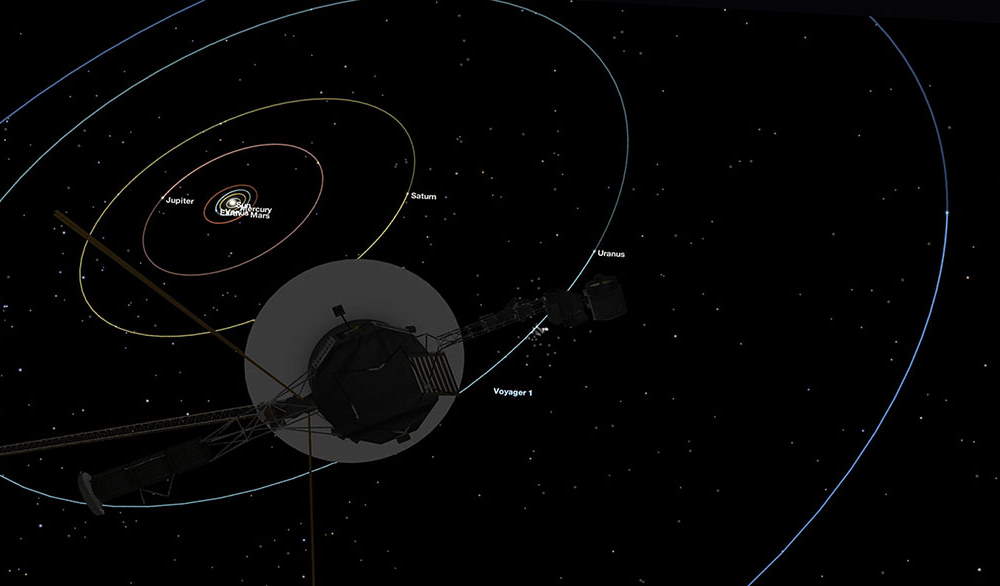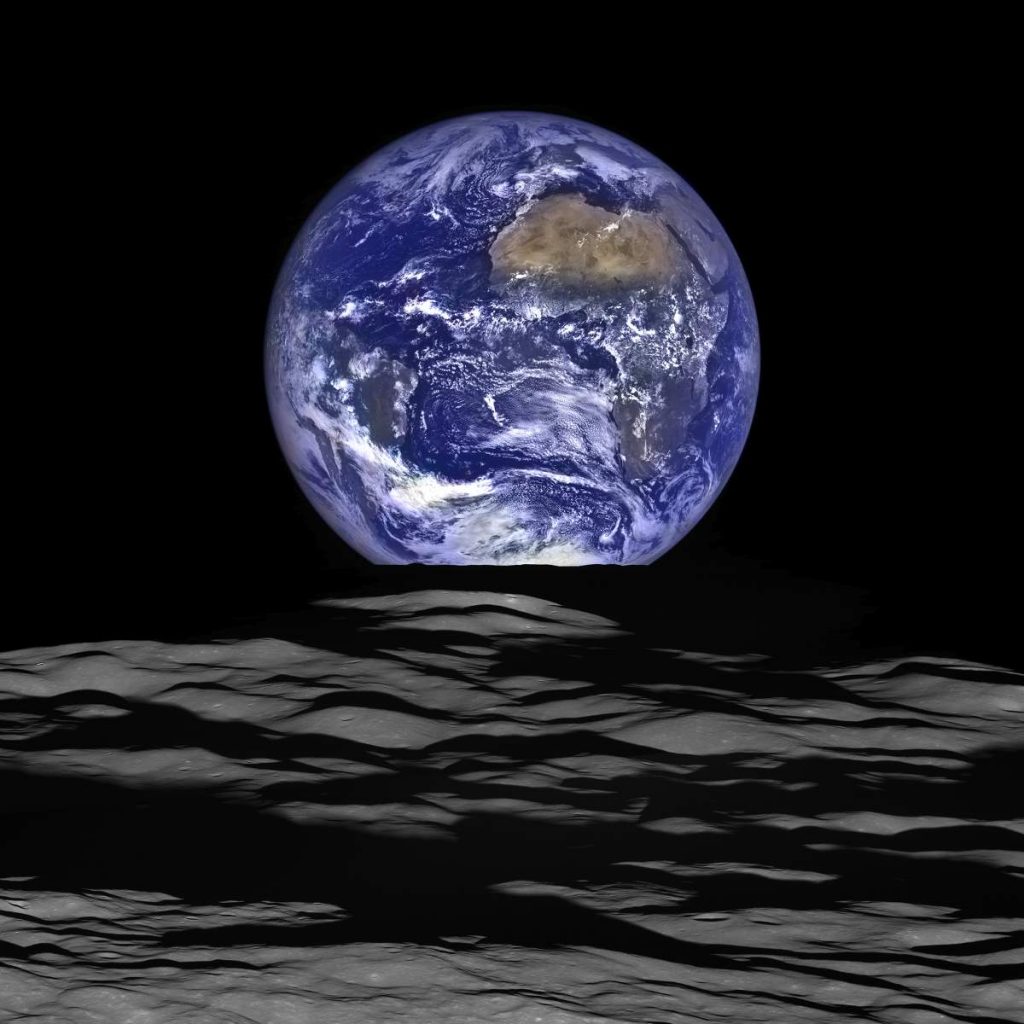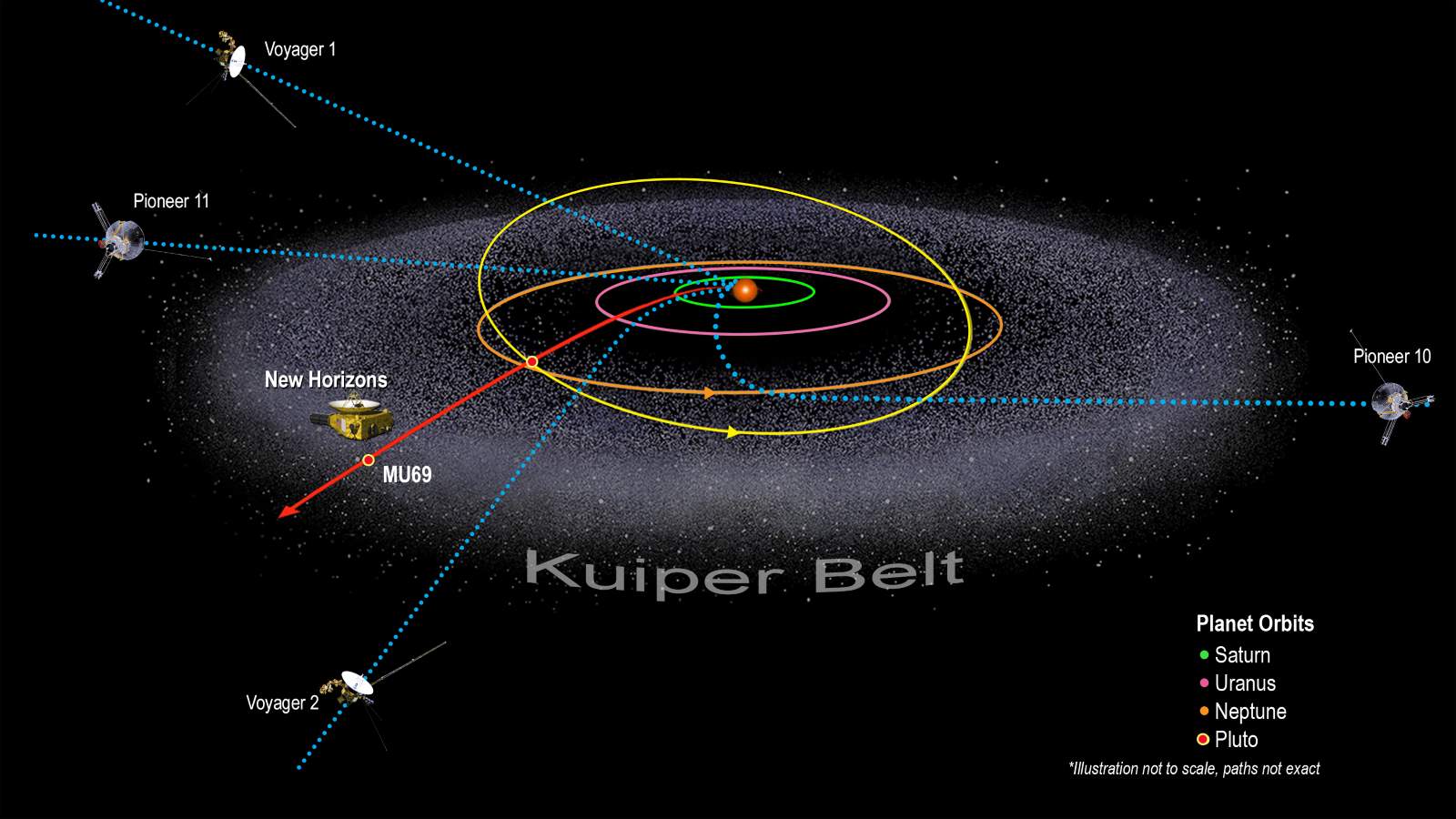NASA has digitally reprocessed probably the most iconic photo of Earth from space – the “Pale Blue Dot” to celebrate the photograph’s 30th anniversary.
On February 4, 1990, the Voyager 1 spacecraft, which had completed its primary mission and was leaving the Solar System, was commanded by NASA to turn its camera around and to take a photograph of Earth across a great expanse of space (from a record distance of about 6 billion kilometers or 3.6 billion miles or 40 AU – astronomical unit, see Notes 1), at the request of Carl Sagan, the American astronomer, cosmologist, astrophysicist, astrobiologist, author, science popularizer, and science communicator.
The photo is dubbed as the Pale Blue Dot. In the photograph, Earth is shown as a fraction of a pixel (0.12 pixel in size) against the vastness of space.
Pale Blue Dot reprocessed
To celebrate the photograph’s 30th anniversary, NASA digitally reprocessed this famous image which is still the farthest photo of Earth from space ever taken.

NASA has announced that:
“For the 30th anniversary of one of the most iconic views from the Voyager mission, NASA’s Jet Propulsion Laboratory in Pasadena, California, is publishing a new version of the image known as the “Pale Blue Dot.”
“The updated image uses modern image-processing software and techniques while respecting the intent of those who planned the image. Like the original, the new color view shows Planet Earth as a single, bright blue pixel in the vastness of space. Rays of sunlight scattered within the camera optics stretch across the scene, one of which happens to have intersected dramatically with Earth.”

NASA Exoplanets also announced on Twitter that:
“In this glorious new processing of @NASAVoyager‘s Pale Blue Dot image, Earth appears as a ~single pixel from 3.76 billion miles away.”
“The closest exoplanet to Earth, Proxima b, is 22 trillion miles away. And that’s just one of the reasons direct imaging exoplanets is hard!”
How far away is the Voyager 1 now?
As of February 13, 2020, Voyager 1 is the most distant human-made object from Earth, at a distance of about 148.68 AU (more than 22.24 billion km; or more than 13.82 billion miles). It is moving about 30.027 miles per second (48.32 kilometers per second) relative to the Sun.
On August 25, 2012, it became the first spacecraft to cross the heliopause (the edge of the Solar System) and enter the interstellar medium. Its twin, Voyager 2 entered interstellar space on November 5, 2018.
You can see both Voyager 1 and 2 probes’ statuses (distances from Earth or Sun, their speed, etc.) on the NASA Voyager mission status webpage.
Both Voyager 1 and 2 haven’t produced images in decades. They don’t fly close enough to any objects worth photographing. Their Imaging Science Subsystem (ISS) and a few other instruments have been shut down to save energy.

Sources
- Voyager 1 on Wikipedia
- “Pale Blue Dot Revisited” on NASA.gov
- Voyager 1 Mission Page on NASA.gov
- “NASA’s iconic ‘Pale Blue Dot’ photo of Earth from space just got a 21st-century makeover” on Space.com
Notes
- The astronomical unit (AU) is a unit of length, roughly the distance from Earth to the Sun. Since 2012 it has been defined as exactly 149,597,870,700 meters or about 150 million kilometers (93 million miles).
- Moon Landings: All-Time List [1966-2025] - February 2, 2025
- What Is Max-Q and Why Is It Important During Rocket Launches? - January 16, 2025
- Top 10 Tallest Rockets Ever Launched [2025 Update] - January 16, 2025


